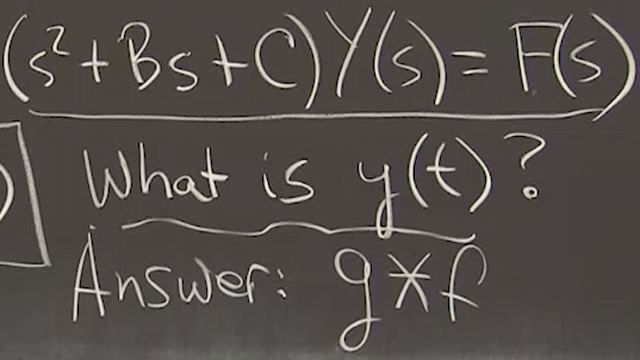Why Convolution Matters
Explore what convolution is and why it matters. Convolution is a mathematical operation between two functions. It is a foundational concept in fields such as signal processing and image processing. The convolution integral looks complex but can be broken into pieces to understand the operations behind it. Convolution describes ordinary phenomena seen every day, such as echoes in a cave. It is behind the techniques that allow smartphones to take pictures and receive phone calls. Learn the concepts behind convolution and why scientists and engineers use its properties to design systems.
Published: 4 Oct 2024





